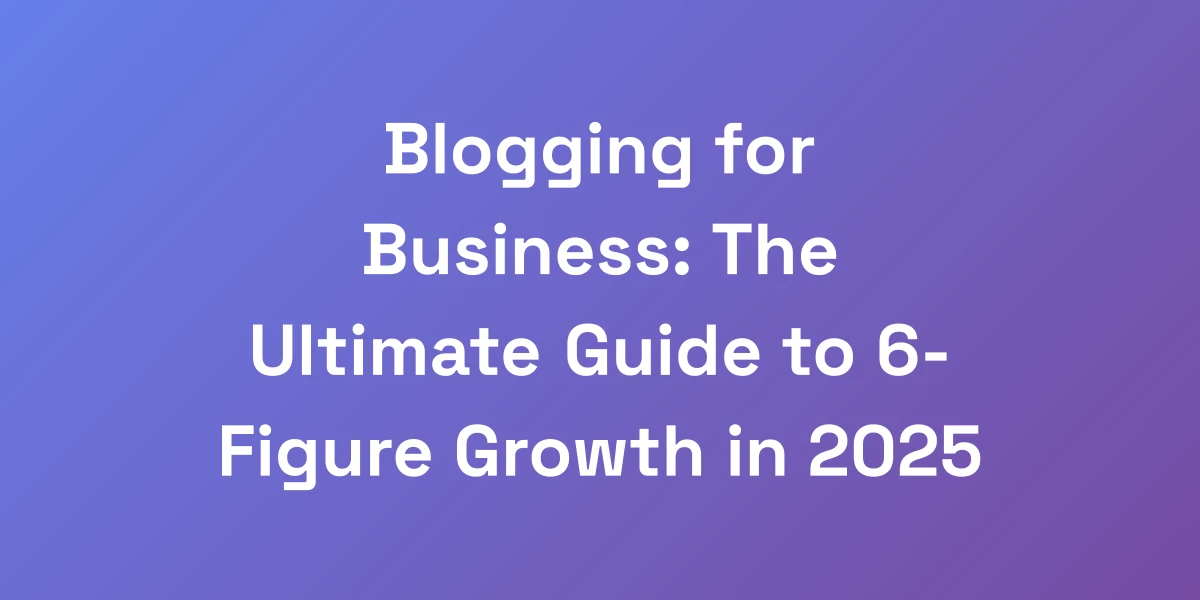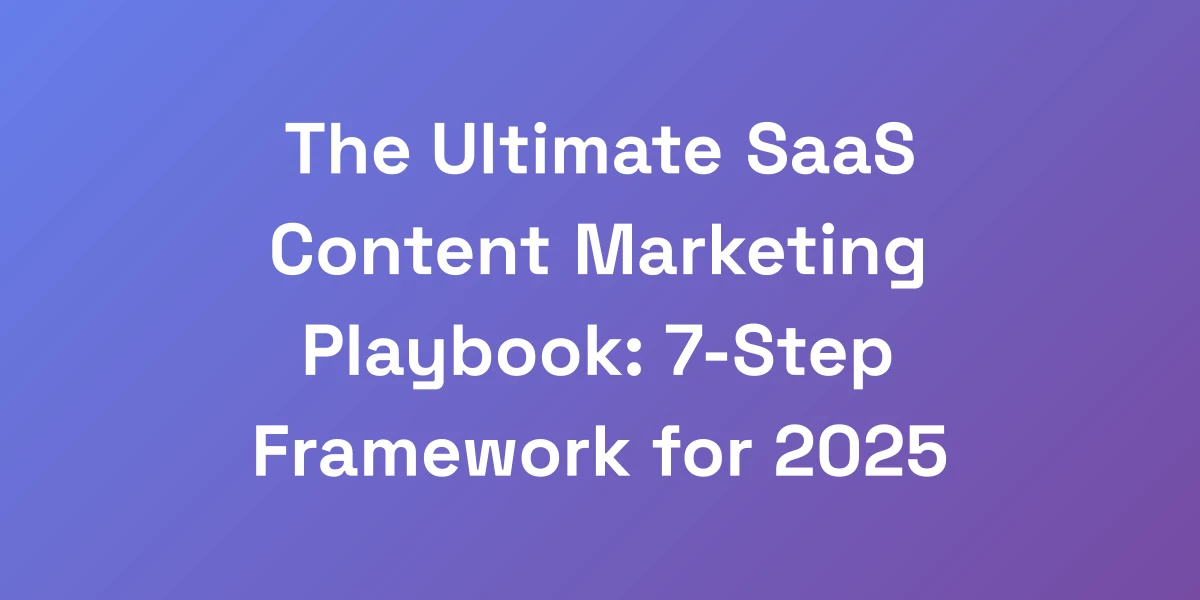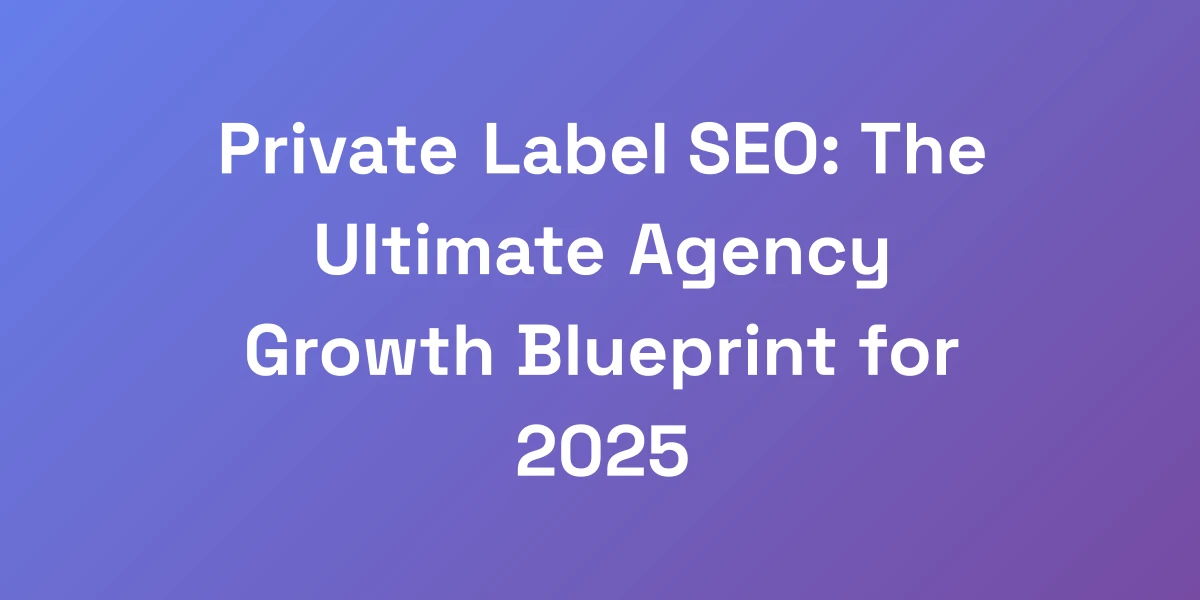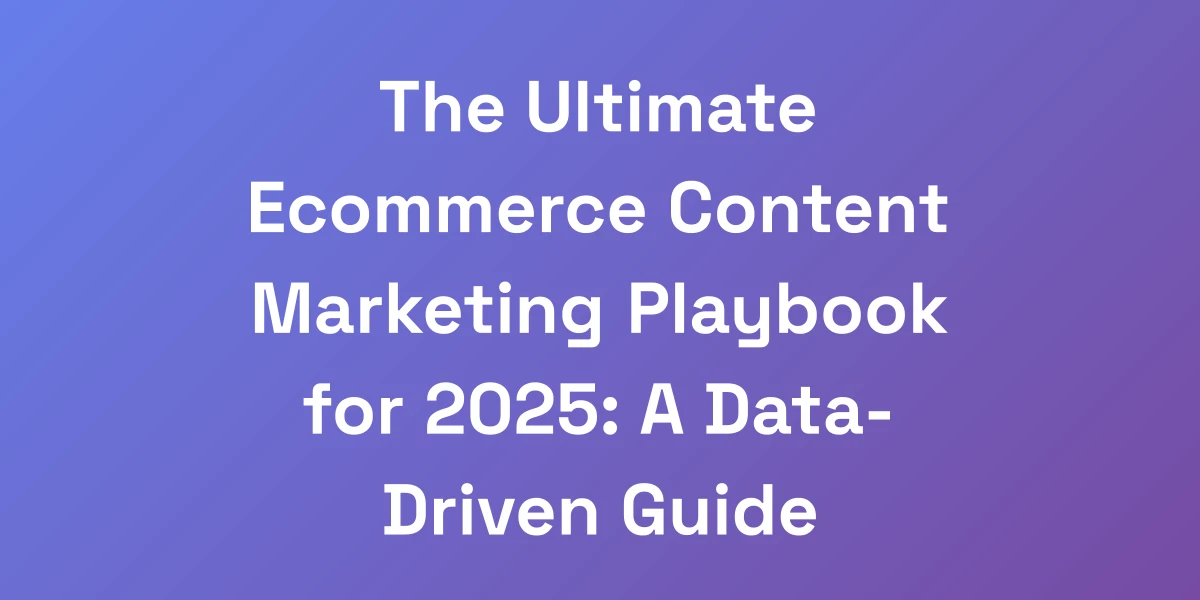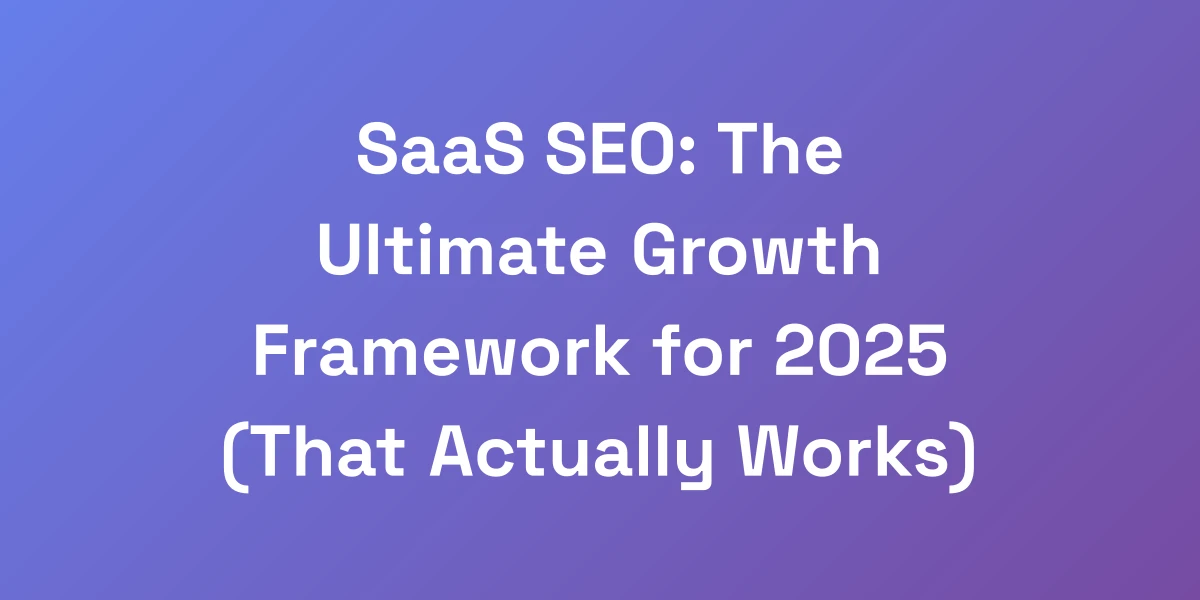
Competitor Benchmarking: The Ultimate Growth Playbook for 2025
Mar 11, 2025 | By [email protected]
Introduction
Let’s face it: navigating the business arena today feels like a relentless battle. Every day, new players enter the market, and the competition only intensifies. But here’s the kicker—most businesses are losing the war because they’re fundamentally misusing one of their most powerful tools: competitor benchmarking.
Imagine pouring millions into shiny tools and reports, only to watch them gather dust while your competitors surge ahead. It’s frustrating, right? The truth is, effective competitor benchmarking isn’t just about collecting data—it’s about transforming those insights into actionable strategies that drive growth.
In this playbook, we’re cutting through the noise. We’ll dissect why 95% of businesses fail at benchmarking and how the elite 5% are leveraging it to build unstoppable market advantages. Ready to elevate your game? Let’s get into the nitty-gritty of making competitor benchmarking your ultimate growth weapon for 2025.
Why 95% of Businesses Fail at Competitor Benchmarking (And How to Join the 5%)
The Real Cost of Poor Benchmarking Practices
Consider the staggering statistic: nearly half of U.S. businesses fold within five years. While various factors contribute to this, a significant portion stems from poor market understanding and ineffective strategies—rooted heavily in inadequate competitor benchmarking.
When businesses obsess over vanity metrics—like surface-level data that doesn’t translate into actionable insights—they squander resources. It’s not uncommon to see companies investing in expensive tools that end up underutilized because they don’t address the core strategic needs.
This misstep leads to missed opportunities, inefficient operations, and ultimately, stagnation. Imagine knowing exactly where your competitors are excelling and where they’re faltering, yet doing nothing with that knowledge. It’s like having a treasure map and choosing to ignore the X that marks the spot.
Breaking Down the 5% Success Framework
So, what sets the top 5% apart? It’s not luck—it’s a meticulously crafted framework.
- Strategic Focus: They prioritize metrics that directly impact growth and market positioning.
- Actionable Insights: They don’t just collect data; they translate it into concrete strategies.
- Continuous Improvement: They treat benchmarking as an ongoing process, not a one-time effort.
- Integration with Business Goals: Their benchmarking efforts are seamlessly aligned with their overall business objectives.
By adopting these principles, businesses can transform benchmarking from a mundane task into a dynamic growth engine.
Setting the Foundation for Strategic Intelligence
Building a solid foundation for competitor benchmarking requires more than just tools—it demands a strategic mindset.
Start by defining clear objectives. What do you want to achieve with benchmarking? Is it to identify market gaps, optimize pricing strategies, or enhance product development? Clarify your goals, and let them guide your benchmarking efforts. For a deeper understanding of effective research methodologies, consider utilizing specialized resources.
Next, ensure you have the right team in place. This isn’t a job for a single individual. A cross-functional team can bring diverse perspectives, enhancing the depth and breadth of your analysis.
- Data Analysts: To handle the heavy lifting of data collection and analysis.
- Marketing Strategists: To interpret data in the context of market trends.
- Product Managers: To translate insights into product enhancements.
With a robust foundation, your benchmarking efforts will be both comprehensive and cohesive.
The Mindset Shift Required for Effective Benchmarking
Effective competitor benchmarking isn’t just a process—it’s a mindset. It requires a commitment to continuous learning and adaptability.
Adopt a proactive approach. Instead of reacting to market changes, anticipate them by staying ahead of your competitors. This means constantly seeking out new data, testing new strategies, and refining your approach based on what you learn.
Encourage a culture of curiosity and innovation within your team. Ask questions like, “What are our competitors doing that we’re not?” and “How can we leverage this insight to differentiate ourselves?” This inquisitive mindset drives deeper analysis and more insightful conclusions.
The Strategic Framework: Building Your Competitive Intelligence Machine
Listen closely—this is where the majority stumble. Your benchmarking strategy needs to be a systematic process that churns out actionable intelligence, not just a collection of data points.
We’ve developed a framework that’s been battle-tested across various industries, helping businesses 10x their market position. This isn’t theoretical fluff—it’s a proven system that focuses on leading indicators that predict market success, not just lagging metrics.
Identifying Your True Competitors (Not Who You Think)
One common mistake is assuming your competitors are obvious rivals. However, true competition often comes from unexpected places.
- Direct Competitors: Those offering similar products or services in your market.
- Indirect Competitors: Companies that offer alternative solutions to the same customer needs.
- Emerging Competitors: New entrants who could disrupt your market with innovative approaches.
For example, consider how Amazon initially entered as an online bookstore but quickly became a competitor to numerous industries, from cloud computing to grocery delivery. Identifying such diverse competitors allows you to anticipate market shifts and adapt proactively.
Creating Your Metrics Dashboard
With your competitors identified, the next step is to create a comprehensive metrics dashboard. This dashboard is your command center for tracking and analyzing key performance indicators (KPIs).
Focus on metrics that align with your strategic goals. Here are some essential categories:
- Market Share: Understand your position relative to competitors.
- Customer Satisfaction: Gauge how well you’re meeting customer needs compared to others.
- Financial Performance: Track revenue growth, profit margins, and other financial health indicators.
- Operational Efficiency: Assess how efficiently you operate relative to industry standards.
- Innovation Rate: Measure the frequency and impact of new product or service introductions.
Using tools like market intelligence tools such as SEMrush or Ahrefs, and backlinking services that actually deliver ROI in 2025, you can integrate various data sources into a single, coherent dashboard, providing a holistic view of where you stand and where you need to go.
Setting Up Automated Intelligence Gathering
Manual data collection is a recipe for inefficiency and error. To streamline your benchmarking efforts, set up automated intelligence gathering systems.
Leverage AI-powered tools like AlphaSense and CompeteIQ to continuously monitor competitor activities, industry trends, and market shifts. These tools can automate data collection from diverse sources, providing real-time updates and predictive insights.
Automation not only saves time but also ensures that your data is always up-to-date, enabling you to make informed decisions quickly.
Developing Your Scoring System
A robust scoring system is essential for evaluating and prioritizing insights. This system helps you identify which metrics matter most and how to act on them effectively.
- Weighting Factors: Assign different weights to various metrics based on their strategic importance.
- Score Calculation: Develop a formula to calculate overall scores, helping you rank opportunities and threats.
- Regular Review: Continuously refine your scoring system to reflect changing market dynamics.
For instance, if market share is more critical to your growth strategy than operational efficiency, assign it a higher weight in your scoring model. This prioritization ensures that your team focuses on what truly drives success.
Building Your Action Framework
Data without action is meaningless. Your action framework outlines how to respond to the insights derived from benchmarking.
- Opportunity Identification: Use your metrics to spot areas where you can outperform competitors.
- Strategy Development: Create actionable strategies based on identified opportunities and threats.
- Implementation Plans: Develop detailed plans for executing your strategies, including timelines and resource allocation.
- Feedback Loops: Establish mechanisms for monitoring the impact of your actions and refining strategies as needed.
By having a clear roadmap, your team can swiftly translate insights into market-dominating strategies.
The Execution Playbook: Turning Insights into Market Dominance
Collecting data is pointless without execution. What sets the successful companies apart is their ability to turn benchmarking insights into market-dominating moves through a rapid testing and implementation cycle.
Here’s the playbook we use to transform insights into revenue-generating actions:
The 72-Hour Implementation Protocol
Speed is the essence of execution. Our 72-hour Implementation Protocol ensures that insights are acted upon swiftly and effectively.
- Day 1: Analyze the insight and develop a quick strategy.
- Day 2: Assign tasks and resources to implement the strategy.
- Day 3: Execute the plan and begin tracking its impact.
This rapid cycle minimizes the lag between insight and action, ensuring that opportunities are capitalized on before they fade.
Rapid Testing and Validation Methods
Not every insight will lead to a successful strategy. Rapid testing and validation help determine which ideas have the most potential.
- A/B Testing: Compare different strategies to see which one performs better.
- Pilot Programs: Implement small-scale versions of your strategy to gauge effectiveness.
- Feedback Collection: Gather input from customers and stakeholders to refine your approach.
By swiftly testing and validating, you can iterate quickly, ensuring that only the most effective strategies are scaled up.
Competitive Response Mapping
Understanding how competitors might react to your strategies is crucial. Competitive Response Mapping helps anticipate and plan for their moves.
- Scenario Planning: Develop potential competitor responses to your strategies.
- Impact Assessment: Evaluate how these responses could affect your business.
- Contingency Plans: Prepare alternative strategies to counteract competitor actions.
This proactive approach ensures that you’re not caught off guard, maintaining your competitive edge even when rivals strike back.
Resource Allocation Framework
Effective resource allocation is key to executing your strategies efficiently. Our framework ensures that resources are directed where they’re most needed.
- Prioritization: Allocate resources to high-impact strategies first.
- Flexibility: Maintain flexibility to reallocate resources as priorities shift.
- Efficiency: Optimize resource usage to maximize return on investment.
By strategically managing your resources, you ensure that every dollar and hour spent contributes to your growth objectives.
Performance Tracking Systems
Tracking performance is essential to measure the success of your strategies and make informed adjustments.
- KPI Dashboards: Visualize key performance indicators in real-time.
- Regular Reviews: Conduct weekly or monthly reviews to assess progress.
- Adjustments: Make necessary changes based on performance data to stay on course.
With robust tracking systems, you can ensure that your strategies are delivering the desired outcomes and make data-driven decisions to optimize performance continually.
Advanced Tactics: The Hidden Metrics That Actually Matter
Forget the traditional metrics everyone’s raving about. The real game-changers are the shadow metrics—those hidden indicators that truly drive market leadership.
These metrics aren’t typically found in standard reports or dashboards, but they hold the keys to deeper insights and competitive advantages. Here’s how to uncover and leverage these hidden gems:
Identifying Shadow Metrics in Your Industry
Shadow metrics vary by industry but generally provide a more nuanced view of your market and operations.
- Customer Engagement Depth: Beyond basic engagement metrics, delve into how deeply customers interact with your products or services.
- Supplier Reliability: Measure the consistency and quality of your suppliers to anticipate potential disruptions.
- Employee Performance Indicators: Assess factors like employee innovation rates and satisfaction levels.
For example, a software company might track the rate of feature adoption among users, providing insights into which developments truly resonate and drive user loyalty.
Customer Journey Mapping for Competitive Edge
Understanding the customer journey in granular detail can reveal opportunities that standard metrics miss.
- Touchpoint Analysis: Identify every interaction a customer has with your brand and assess its impact.
- Pain Point Identification: Detect where customers experience friction and address these areas proactively.
- Experience Enhancement: Use insights to enhance the overall customer experience, making it more seamless and enjoyable.
By mapping out the customer journey, you can uncover hidden opportunities to differentiate your brand and foster deeper customer loyalty.
Digital Footprint Analysis
Your digital footprint is more than just your website and social media presence. It’s a treasure trove of insights about your market and competitors.
- SEO Performance: Analyze keyword rankings, backlink profiles, and overall SEO health compared to competitors.
- Social Media Engagement: Assess follower growth, engagement rates, and content performance across platforms.
- Website Traffic Patterns: Understand where your traffic is coming from and how it stacks up against competitors.
Tools like SEMrush and Ahrefs can help you dissect your digital footprint, providing actionable insights to enhance your online presence and outshine the competition.
Operational Efficiency Indicators
Operational efficiency often gets overshadowed by more visible metrics, but it’s a critical driver of long-term success.
- Process Cycle Time: Measure how long it takes to complete key business processes.
- Cost Efficiency: Track operating costs relative to output and identify areas for cost reduction.
- Resource Utilization: Assess how effectively resources (human, financial, technological) are being used.
By optimizing operational efficiency, you can reduce costs, improve productivity, and ultimately offer better value to your customers. For relevant ERP statistics, consider integrating enterprise resource planning insights into your analysis.
Innovation Rate Tracking
Innovation is the lifeblood of sustained growth. Tracking your innovation rate can provide critical insights into your competitive edge.
- R&D Investment: Monitor how much you’re investing in research and development compared to competitors.
- New Product Launches: Track the frequency and success rate of new product or feature launches.
- Patents and Intellectual Property: Measure the number and impact of patents filed as a proxy for innovation.
For instance, tracking the rate at which you introduce new features can help you stay ahead in tech-driven markets, ensuring that you’re continuously meeting evolving customer needs.
Scaling Your Benchmarking System: From Insights to Empire
Building a world-class benchmarking system isn’t a one-off project—it’s an evolving machine that scales with your business.
Here’s how to transform your insights into a scalable intelligence engine that powers your entire growth strategy:
Building Your Intelligence Team
An effective benchmarking system requires a dedicated intelligence team with diverse skills.
- Data Scientists: To analyze complex data sets and uncover deep insights.
- Competitive Analysts: To monitor and interpret competitor activities.
- Strategic Planners: To translate data into actionable business strategies.
Investing in a skilled team ensures that your benchmarking efforts are thorough and that insights are effectively utilized.
Automation and AI Integration
Automate repetitive tasks and leverage AI to enhance your benchmarking capabilities.
- Data Collection: Use AI-powered tools to continuously gather and process data from various sources.
- Predictive Analytics: Implement AI to forecast market trends and competitor movements.
- Insight Generation: Utilize machine learning to identify patterns and generate actionable insights.
Tools like ZoomInfo and Kompyte can automate your data workflows, allowing your team to focus on strategic analysis rather than manual data processing.
Cross-Functional Implementation
Ensure that your benchmarking insights are integrated across all departments.
- Marketing: Use insights to refine campaigns and target the right audience.
- Product Development: Inform product roadmaps and innovation strategies.
- Sales: Tailor sales strategies and training based on competitor tactics.
Cross-functional collaboration ensures that insights are leveraged to their fullest potential, driving cohesive and unified growth strategies.
Global Scaling Strategies
As your business grows, your benchmarking system should scale to accommodate new markets and geographies.
- Localized Metrics: Adapt your metrics dashboard to account for regional differences.
- Global Competitor Analysis: Expand your competitor identification to include international players.
- Cultural Insights: Incorporate cultural factors into your analysis to better understand local markets.
By scaling your benchmarking system globally, you can maintain a competitive edge in diverse markets, ensuring consistent growth across all regions.
Future-Proofing Your System
The business landscape is constantly evolving. Future-proof your benchmarking system to stay ahead of the curve.
- Continuous Learning: Keep your team updated with the latest benchmarking methodologies and tools.
- Flexibility: Design your system to adapt to new market conditions and emerging trends.
- Innovation Integration: Regularly incorporate innovative practices and technologies to enhance your benchmarking capabilities.
By future-proofing your system, you ensure that your benchmarking efforts remain relevant and effective, regardless of how the market evolves.
Conclusion
Competitor benchmarking is more than just a practice—it’s a strategic imperative for any business aiming for exponential growth in 2025. By avoiding the common pitfalls that cause 95% of businesses to fail, and by adopting the strategic frameworks and advanced tactics of the top 5%, you can transform benchmarking into a powerful engine for market dominance.
Remember, it’s not just about collecting data; it’s about executing on insights that drive real results. Build a robust competitive intelligence machine, turn insights into action with our execution playbook, and uncover the hidden metrics that truly matter. Scale your system to adapt and grow, ensuring sustained success in an ever-competitive landscape.
Ready to join the elite 5%? Start implementing these strategies today and watch your business soar to new heights. What’s your next move in mastering competitor benchmarking for optimal pricing? Share your thoughts and strategies with us below!



